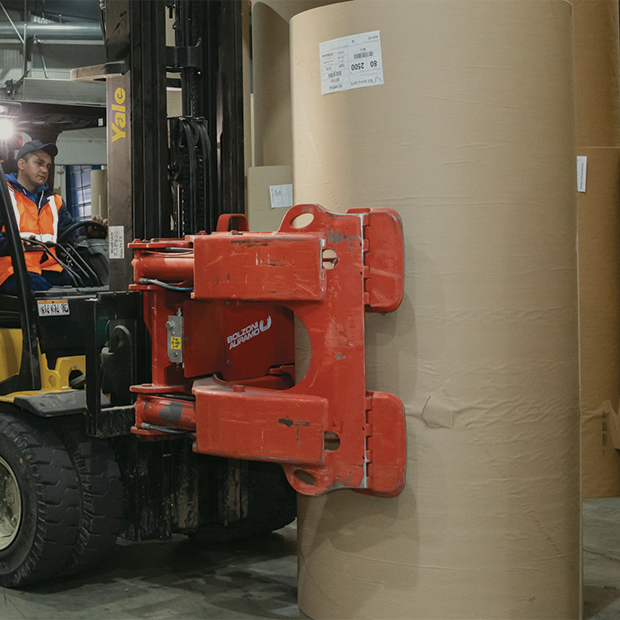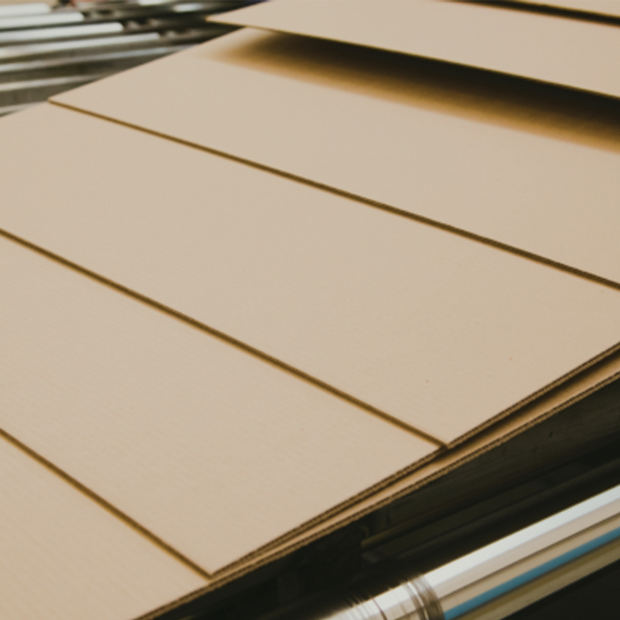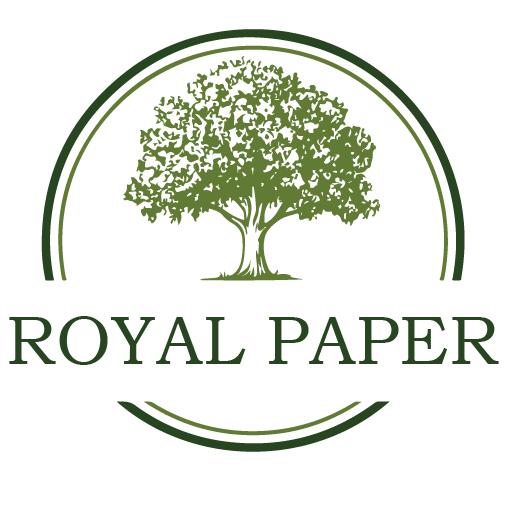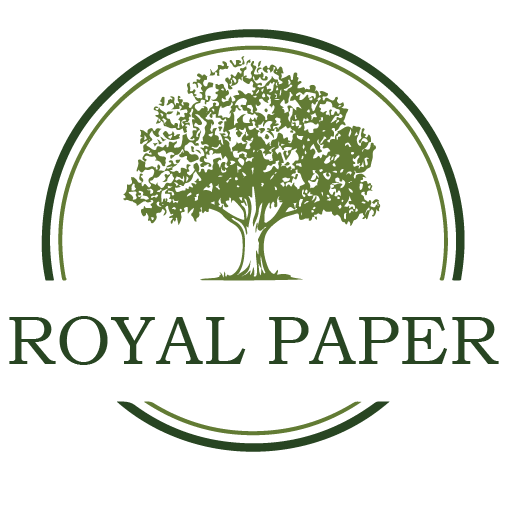FLUTING PAPER
Fluting paper, also known as medium, is a critical component used in the production of corrugated board. It serves as a protective layer for the exterior of the packaging, filling empty spaces in the outer case and providing cushioning support for the primary product. Available in different strength needs and sizes, fluting helps to ensure optimal protection of goods during transit and storage.
Fluting is an environmentally friendly alternative to traditional packaging materials such as bubble wrap and other plastic-based solutions, as it is 100% recyclable and made from renewable sources.
Lightweight and flexible, fluting paper is a practical packaging solution which is also cost-effective in comparison to bespoke fitment solutions. From durability to flexibility, our packaging portfolio includes several fluting solutions to meet your specific needs.




FLUTING SOLUTIONS
Semi Chemical Fluting
A fluting solution that is produced through a combination of mechanical and chemical processes, resulting in material which possesses high strength, tear resistance and printability compared to traditional mechanical fluting. This material is commonly used in the manufacturing of corrugated boxes due to its extensive durability.
Recycled Fluting
Recycled fluting is a sustainable alternative to the production of corrugated packaging. Despite being manufactured from recycled materials, recycled fluting maintains comparable strength and durability to conventional fluting options while offering cost-effectiveness.
Lightweight Recycled Medium (LWM)
A recycled fibre-based fluting solution which is lightweight to help reduce the overall packaging weight. Available in low GSM ranges, lightweight recycled medium is a durable material that is often used for lighter packaging applications.
TESTLINER PAPER
Similar to the fluting, the testliner plays a vital role in the production of corrugated boxes. The term ‘testliner’ refers to papers of different burst strengths, with lower grades often containing a higher level of recycled fibres.
Testliner is primarily used for the inner and outer layers of carton boxes, providing support and protection to packaged goods throughout transit and storage. Our testliner solutions have exceptional strength and printability, most often used for food packaging, packaging for consumer durables and corrugated packaging applications.
Colouring agents are often added to testliner to ensure consistent colouring, as well as starch, to increase the material's strength properties. Testliner solutions can also be applied with a surface treatment to optimise its printability.




TESTLINER SOLUTIONS
Brown Testliner
A naturally brown testliner solution which is typically derived from recycled fibres. Known as an essential aspect of corrugated packaging, brown testliner offers incredible strength and durability, as well as high printability performance and runnability on corrugated machines. Brown testliner is both a cost-effective and sustainable solution for various end applications.
White Top Testliner
A testliner solution has been applied with a white coating on one side. This coating is applied to enhance the visual appeal of the material, as well as increase its printability. White top testliner can be classified as either coated or uncoated, with the coated solution having improved quality in terms of the standard of its surface and printability. White top testliners smooth and bright surface makes it suitable for applications where high printing is required, including the FMCG and food and drink industry.
Kraft Paper
Kraft is a versatile and sustainable paper and packaging solution which is used across a variety of industries. The term kraft paper covers a variety of products which are produced using a chemical conversion of wood into wood pulp and separating the lignin and cellulose fibres.
The reduced lignin content and high sulphur ratio in the paper production process ensure the paper's high strength making it an ideal choice for the majority of packaging requirements.
The Process
While all kraft paper is produced using this process, small variations can greatly affect the end product. For example, the use of virgin or recycled pulp; kraft made from virgin pulp is very high strength and has a high tear resistance, most commonly used for heavy-duty applications. Alternatively, kraft made from recycled material has a lower strength and tear resistance level, however, it is still suitable for heavy-duty packaging applications and possesses greater environmental benefits.
All kraft paper can be natural shade or bleached; natural shade paper is heavier duty as bleaching decreases the paper's strength, however, bleached kraft paper has improved printability due to the smooth surface. Kraft paper can also be classified as MG or MF which refers to the finish of the paper in production; MF is machine-finished and MG is machine-glazed.


Kraft Paper Uses
Kraft paper has a wide range of end uses which spans across various industries:
Kraft Paper Bags
Kraft paper bags are one of the most common kraft paper uses, widely used for shopping applications and industrial bags. Kraft is an inherently strong and durable material which ensures the bag can withstand the weight of purchased goods, making it an excellent choice for shopping bags. Kraft paper is biodegradable and can be recycled easily, which is another reason kraft paper bags are a popular option for many retailers and supermarkets.
Heavy-duty industrial bags are often produced using sack kraft paper due to its robustness and resilience. Sack kraft is strong enough to withstand the significant weight of industrial materials such as cement and coal, and offers durability during transport, storing and handling processes.
Food Wrap & Packaging
Kraft paper is used across the food industry, particularly for food packaging such as sandwich or meat wrapping. Kraft materials, in particularly MG (Machine Glazed) and MF (Machine Finished) bleached kraft, are used in food wrapping and is designed to be safe for direct contact with the food. These kraft materials are also easily customisable, which allows brands to print their branding on the wrap whilst continuing to uphold food safety standards.
Boxes / Corrugation
Kraft is a popular material used for the production of corrugated board boxes. These boxes are produced using kraft liner board (KLB), a high-strength kraft variant which is known for its high grammage and robustness. Kraft boxes are extensively used throughout the food industry to help foods be stored effectively. As many food products are required to be stored in moist conditions, KLB is used to withstand demanding conditions associated with moisture-prone settings.
Kraft paper is not restricted to the above uses, with the increasing awareness of environmental concerns most companies are turning to kraft paper suppliers as an economically and environmentally friendly solution.
In contrast to other paper production methods, the Kraft process can use all types of wood, almost all chemicals used in the production process are from recycled and reusable sources and by products of the production are recycled where possible or reused for other purposes.


